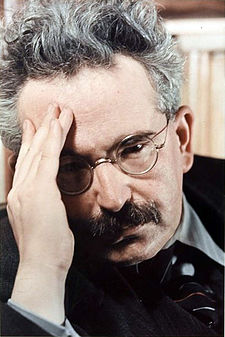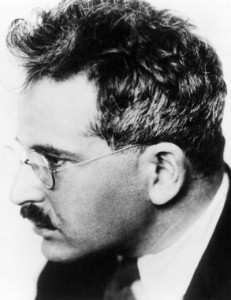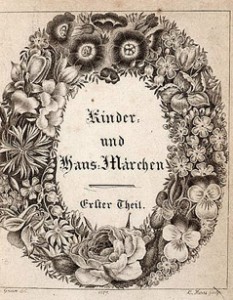
A final look at Walter Benjamin’s “The Task of the Translator.” If you haven’t already, check out Part I & Part II.
For the great motif of integrating many tongues into one true language is at work. This language is one in which the independent sentences, works of literature, critical judgments, will never communicate–for they remain dependent on translation; but in it the languages themselves, supplemented and reconciled in their mode of signification, harmonize. If there is such a thing as a language of truth, the tensionless and even silent depository of the ultimate truth which all thought strives for, then this language of truth is–the true language. And this very language, whose divination and description is the only perfection a philosopher can hope for, is concealed in concentrated fashion in translation.
The original text — Benjamin seems to be saying — is itself an approximation of Truth. And so, each translation is a further triangulation around an epicenter of true meaning. Of course, this may call into question the authority of the author, but Benjamin separates the two tasks by designating translation as a “mode.”
He clarifies this difference further, comparing a translator to a philosopher like himself:
There is no muse of philosophy, nor is there one of translation. But despite the claims of sentimental artists, these two are not banausic. For there is a philosophical genius that is characterized by a yearning for that language which manifests itself in translations…[T]ranslation…is midway between poetry and doctrine. Its products are less sharply defined, but it leaves no less of a mark on history.
We should hope that translation — especially the translation of literature — should strike somewhere boldly between poetry and philosophy.


